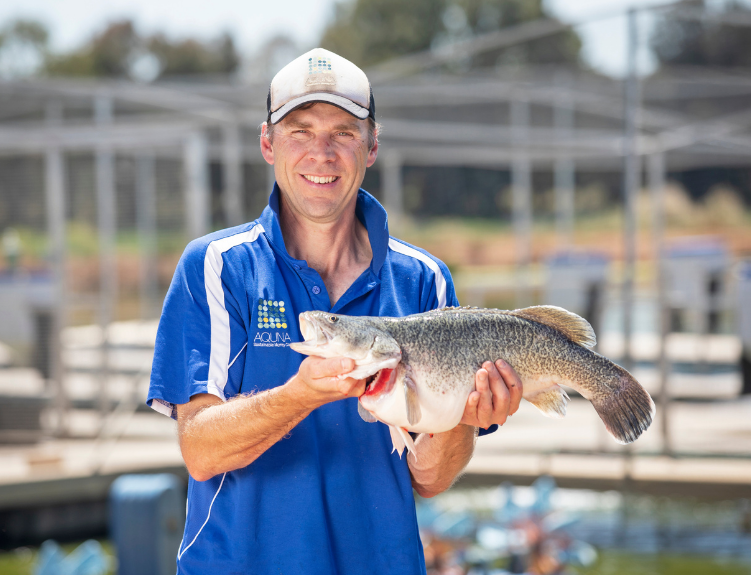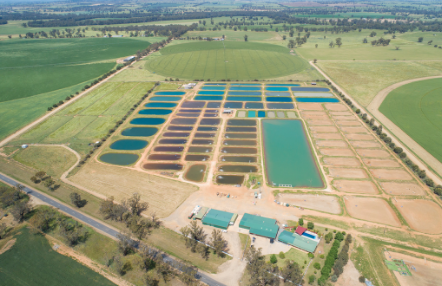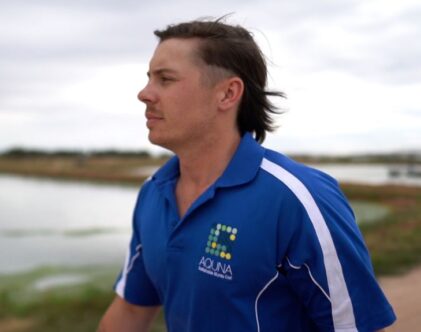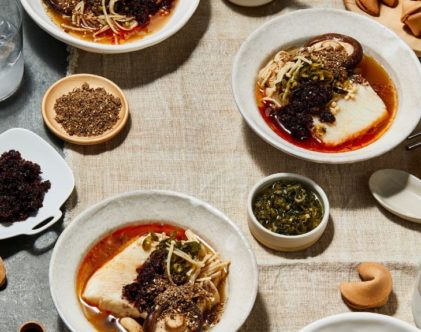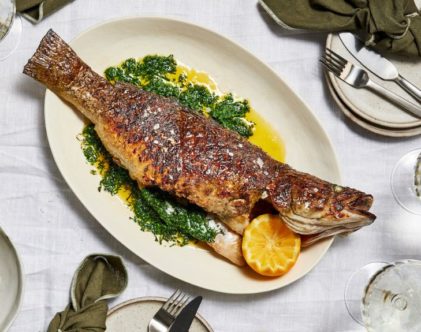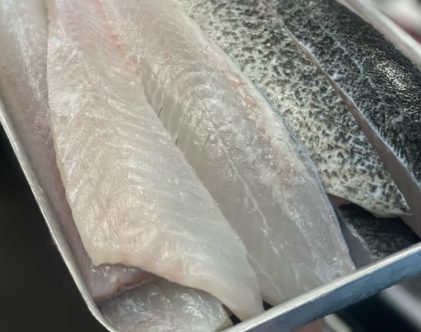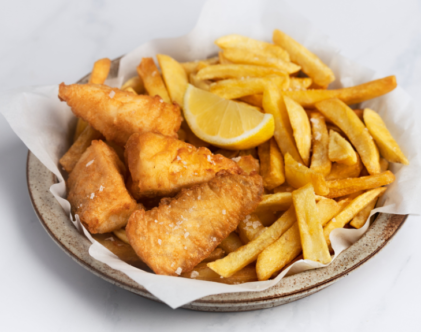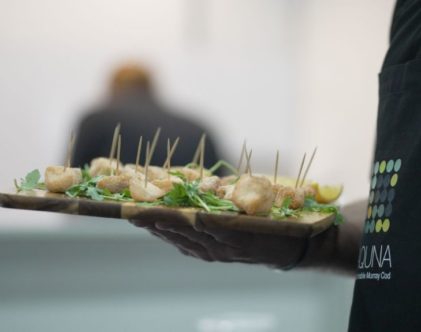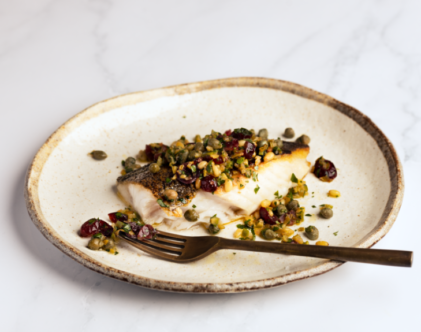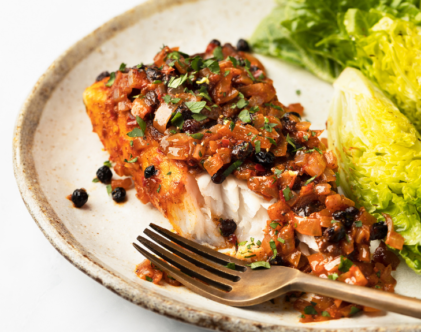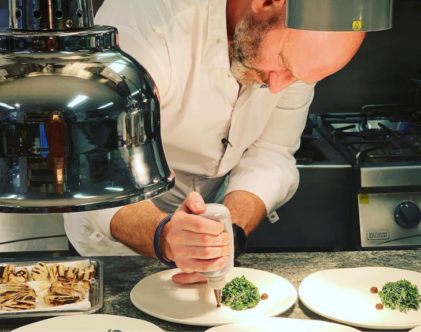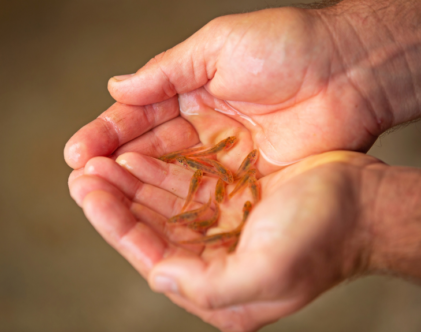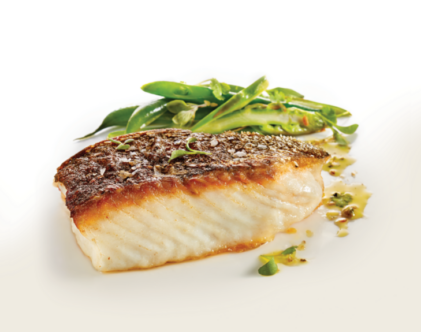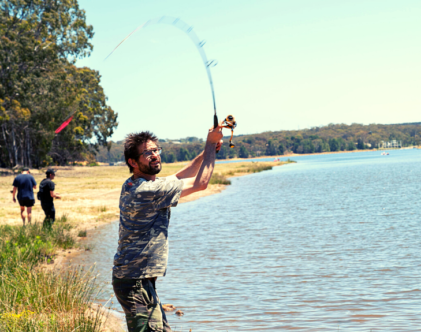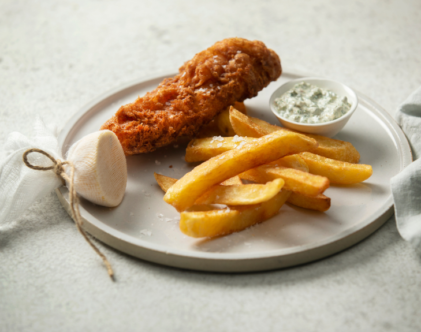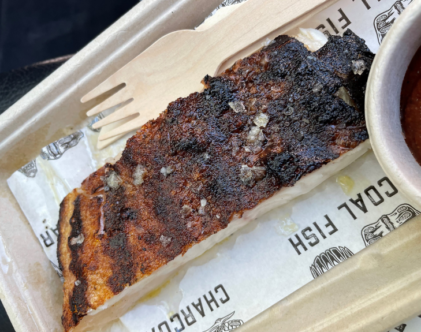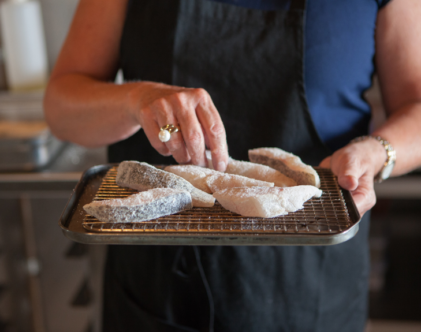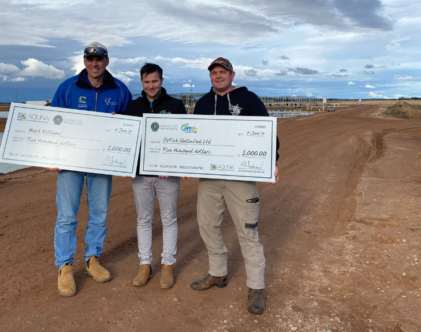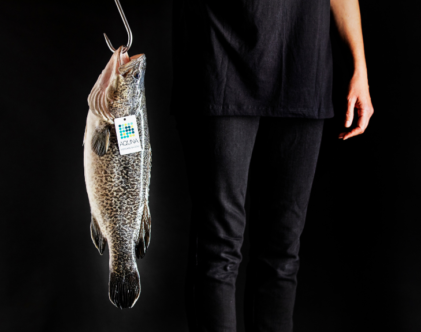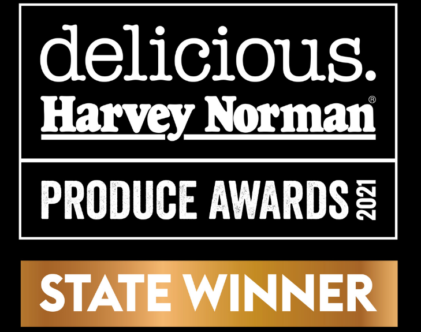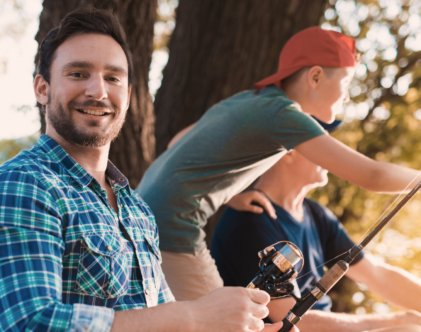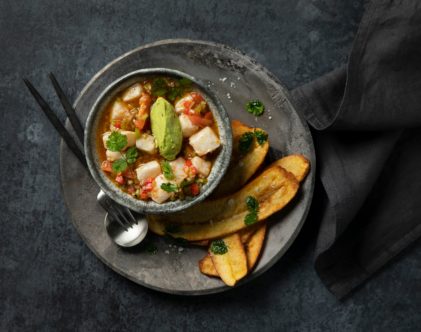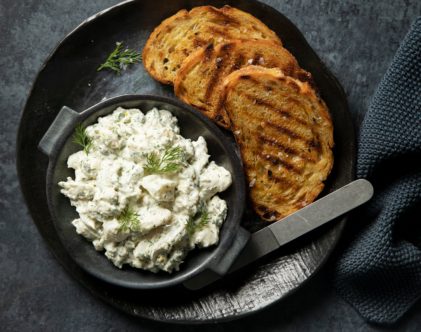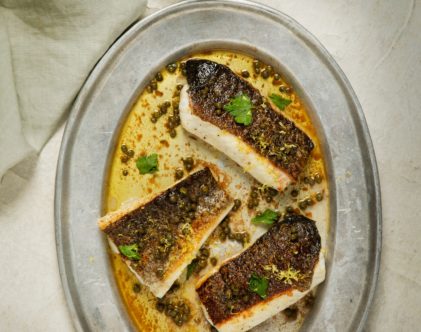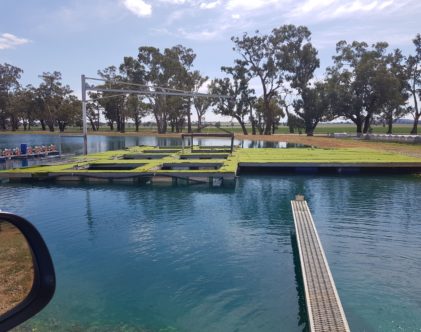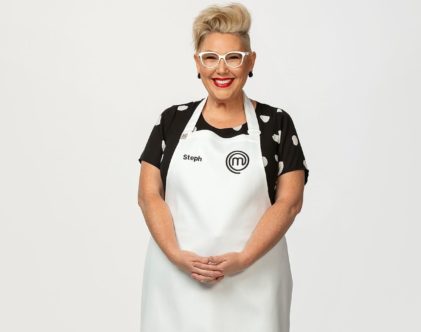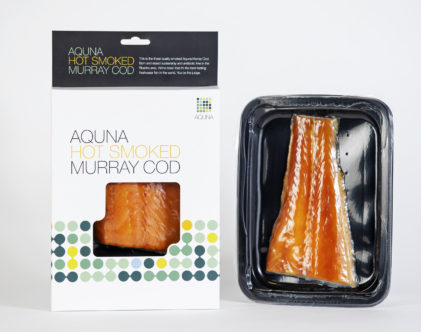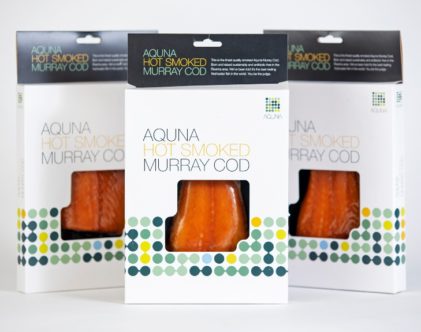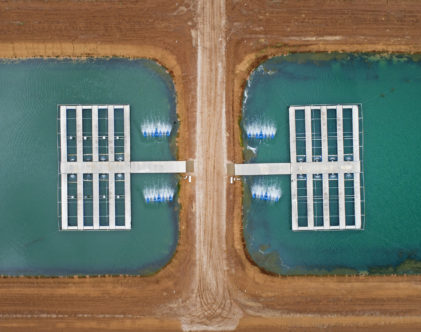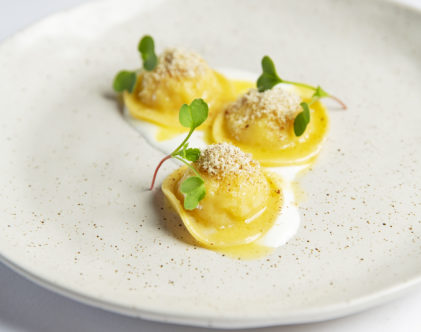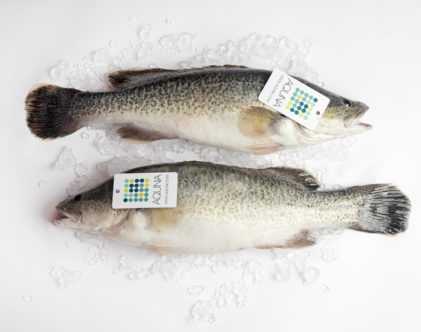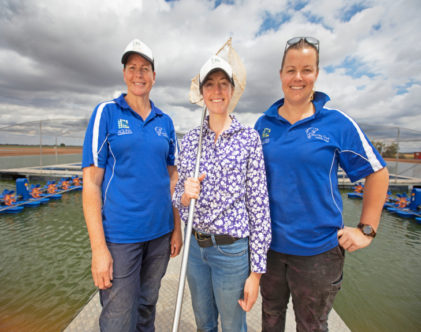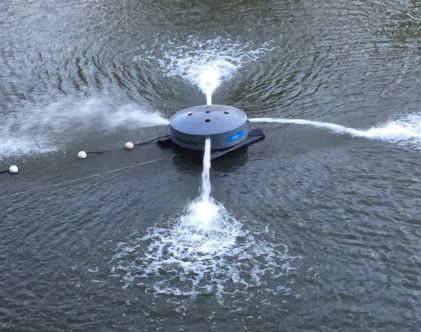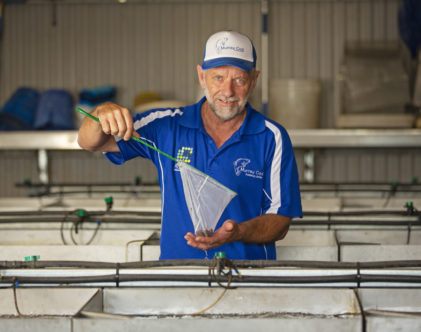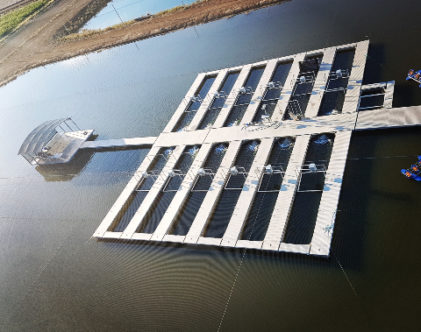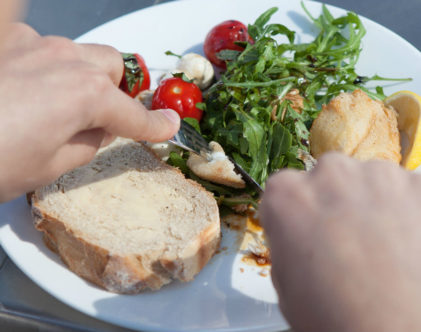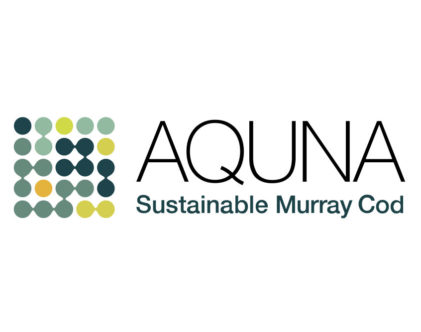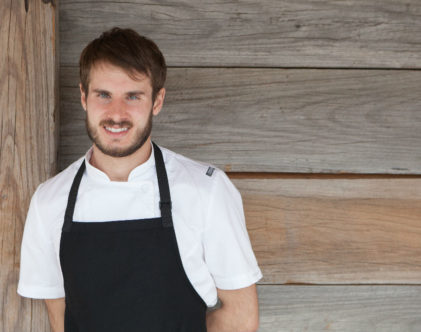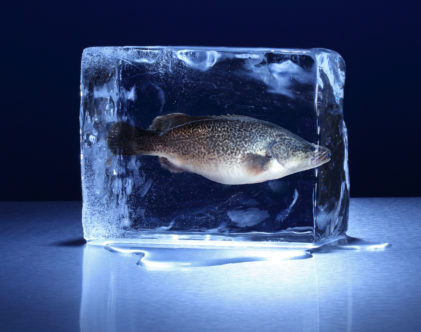Taking ownership of what we put on our plates is an important way we can all help protect the planet.
Over the past three decades, global aquaculture, or fish farming, has risen from obscurity to become a critical source of food for millions of people. The current topic of conversation is: who is producing this fish, and how?
The purpose of this article is to explain exactly what we’re doing at Aquna Sustainable Murray Cod to continuously improve our environmental performance — and ultimately inspire positive changes across the industry.
With fish farming considered to be the world’s fastest-growing food production sector, we want to encourage consumers to eat a recoverable fish species from fish farm producers who want to be part of the solution.
Here’s what we’re doing at Aquna to change the fish farming story.
Feeding farmed fish sustainably
According to Mat Ryan, managing director, Aquna Sustainable Murray Cod, who’s been in the agriculture and aquaculture industries for more than 22 years, the character of Murray cod has shaped the way the fish are fed — which has led to development of a fit-for-purpose feeding system.
“Murray cod is a lazy species. They like to sit around and eat! With this in mind, we’ve developed a fully-automated feeding system that provides the right amount of feed, as required. What does this mean? We’re able to minimise waste and maximise the feed conversion ratio (FCR),” says Mat.
FCR is an indicator that measures how efficiently farmed species convert their feed into body weight. At Aquna, our expected FCR is 1.5:1 — an exceptional result that confirms we’re growing efficient fish, using the least amount of feed to produce the maximum amount of protein.
By managing the density of the fish — the number of fish in a given space — Mat notes they’re able to create the most effective environment for feed consumption, which in turn, creates less waste and better use of feed. Murray cod currently require extremely low levels of fish products in its feed. Aquna is working towards using zero fish products in their feed, while maintaining fish growth and health.
Managing organic waste
The trouble with organic waste is, it ends up in the bottom of oceans and rivers and has the potential to build up in surrounding areas. This aspect has long been a criticism of the aquaculture industry. There are two ways Aquna manages organic waste to ensure minimal environmental impacts.
“Firstly, we monitor our water quality closely. When certain levels are reached, there are trigger points when we pump out water from our ponds, and reuse this water for irrigation on farms,” says Mat. “We also deliver organic waste to a local worm farm, where it’s used for making compost.”
Using the same irrigation water twice
With water becoming an increasingly precious resource Aquna is dedicated to maximising the food production from every drop of water that comes onto our farm.
As mentioned previously, our land-based production model uses the same irrigation water twice — once through our fish ponds and then for crop irrigation or pastures on our farms.
Our 100% water recycling system is one of the important reasons we were recognised at the 2019 NSW Business Chamber Awards, and named as winners of the Excellence in Sustainability category.
Caring for and keeping the fish healthy
Aquna’s skilled production team collectively has many years of experience in the breeding and grow out production, work together to care for our fish.
“We spend 80 to 90 per cent of our time perfecting how to grow happy and healthy fish,” says Mat. “Caring for the fish involves constantly testing the water, real-time monitoring for oxygen levels, and regular health checks.”
Finally, our Murray cod thrive in their native river water, raised on land, by food producers who want the best for the fish and the planet.


